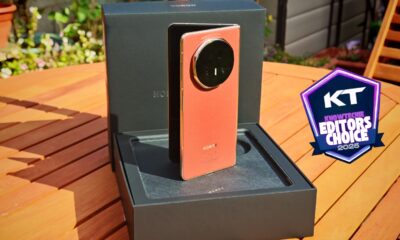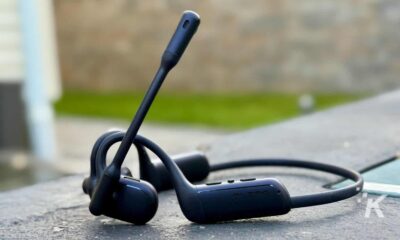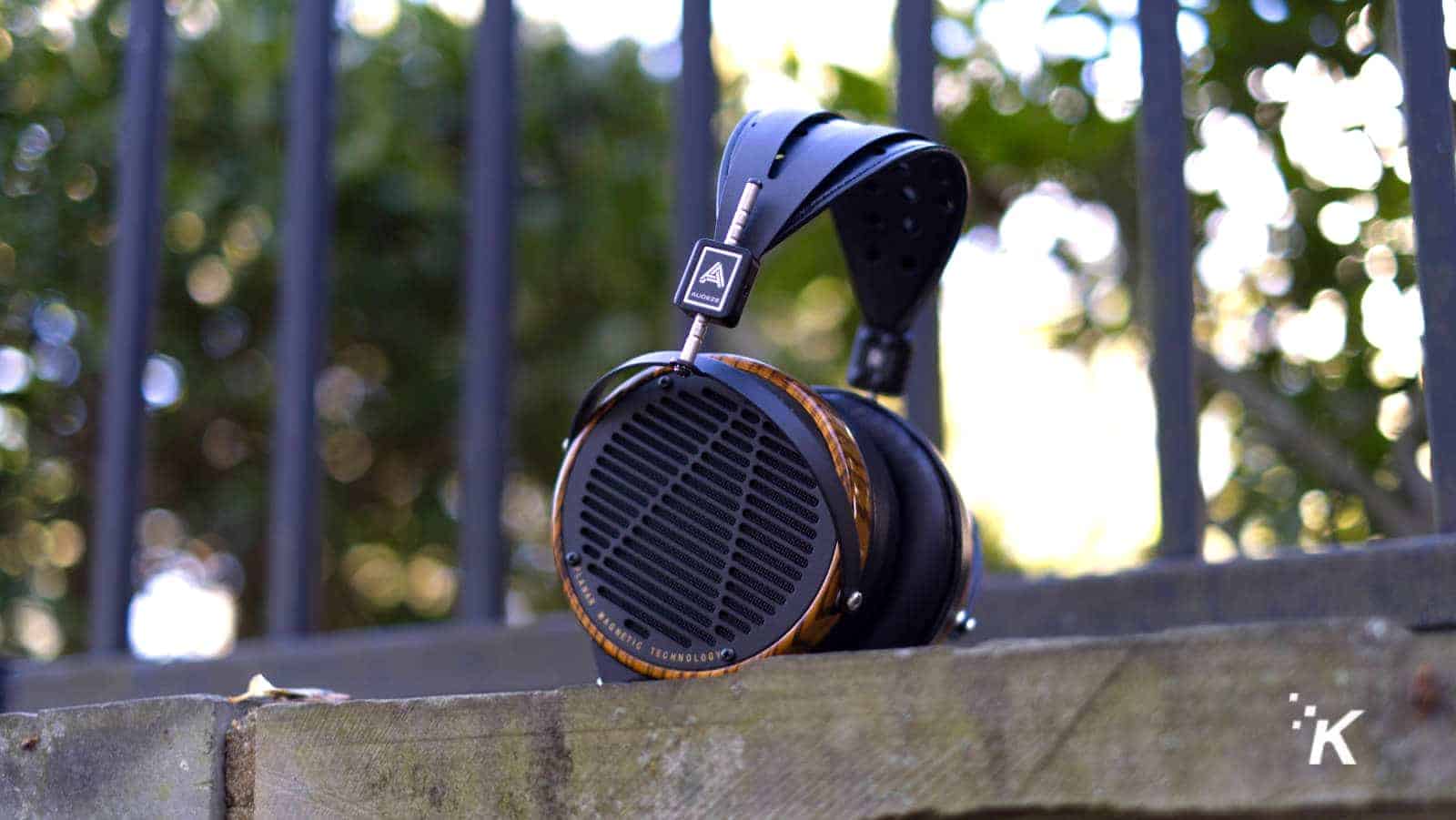
Just a heads up, if you buy something through our links, we may get a small share of the sale. It’s one of the ways we keep the lights on here. Click here for more.
[letsreview postid=”143339″]
Once you start down the audiophile rabbit-hole, you soon find that not every headphone uses the dynamic drivers that are in most budget consumer headphones.
Planar magnetic headphones use magnets on either side of the driver to create the sound waves you hear, and they’re objectively better technology. One of the big names in this space is Audeze, who has been pushing the bounds of what planar tech can do since 2008.
We’ve looked at their lowest price planars before, the LCD-1, which were full of clarity and a more premium sound than the price tag would have you believe. Now it’s time for one of the heavy hitters, the $1,945 LCD-3, which originally came out in 2011 and is the flagship of Audeze’s Origins series that continues the genesis of the LCD-2 that was their first product.
A decade after their first release, after multiple incremental updates, are Audeze’s LCD-3 still the flagship they claim to be?
So, what are they all about?
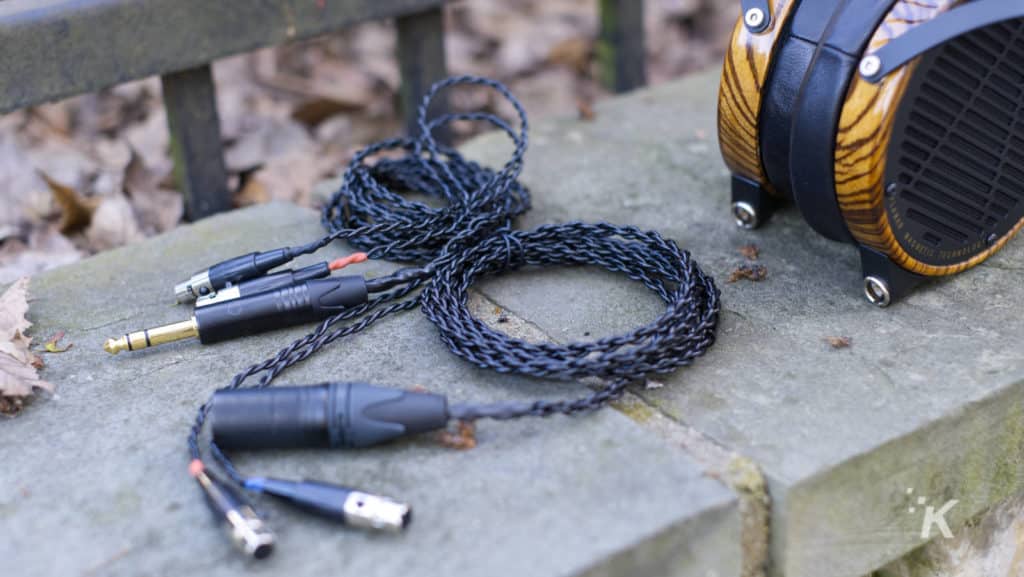
Audeze has come a long way since that Californian garage that their first set of headphones was designed in. They’re still designed to those roots though, with the eventual goal of true hi-fi, that is, creating a live performance by your favorite band or singer, right in your most comfortable chair. It’s a hard thing to do, usually taking thousands of dollars of remodeling, acoustic treatments, and other adjustments to your home to get right.
Or yanno, you could put on some headphones that recreate the same thing, and not worry about whether the resonances of your house are going to collide the next time you rock out to Jack Black. Cause, you know, the only way to listen to Jack Black is to rock out.
Audeze designed the LCD-3 for three things:
- High resolution: This isn’t really one thing, but a collection of other design features such as better impulse response (which controls how fast a given sound starts or stops), lack of distortion, and a wide frequency response range
- Wide soundstage: This is almost easier explained in gaming terms, than in music. Ever heard bullets whizzing past your ear in-game and felt you knew they came from somewhere to the right of you, maybe slightly higher up, and in front of you at a certain angle? That’s soundstage, and in music it lets you hear the location of instruments in imaginary 3D space while listening to a recording
- Warm midrange: “Warm” in this case is a bump in the frequency chart that occurs between 100-200Hz, usually around the 150Hz mark. That’ll be good for things like bass guitar, especially on rock or blues, or even jazz, giving it more of a punchy feel
The LCD-3 has an impedance of 110 ohms, which means the LCD-3 is going to be more at home if you follow Audeze’s recommendation of using it with an external headphone amplifier, or discrete amp. That’s to give enough power to the planar drivers, which in the LCD-3 use the longest voice coil in Audeze’s range, while also giving the strongest driving force to its diaphragm.
In the hard carrying case that the LCD-3’s come in, you get one fairly substantial cable with a 6.25mm jack to plug into your amp, and that’s it. The carry case is probably good for surviving the next Armageddon, but it’s slightly disappointing that on a pair of headphones this expensive you have to spend another $150 to get a cable with a 4-pin balanced XLR connector for amps that have a balanced output.
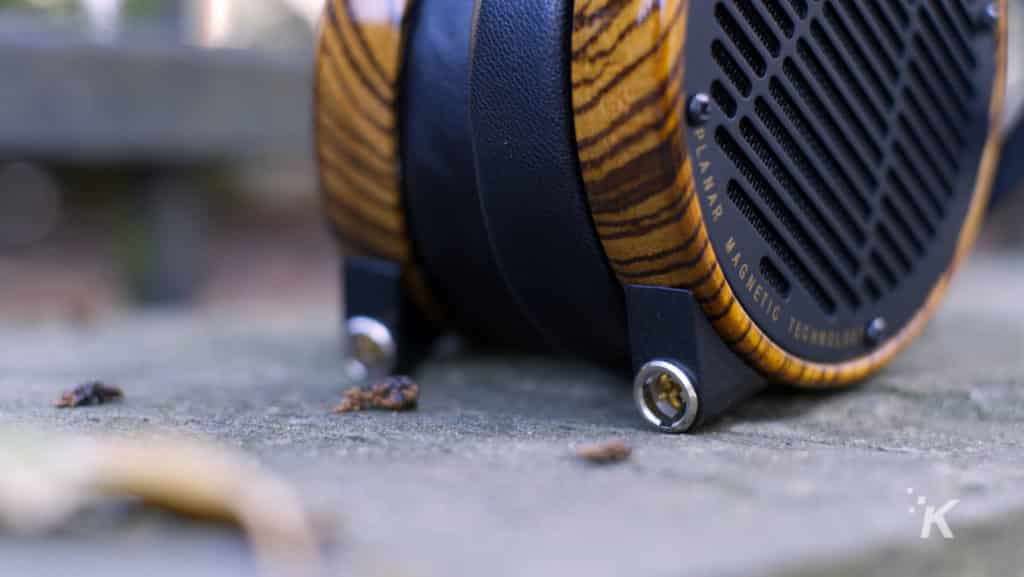
Oh, and in case you wanted to rush out and buy a pair right now? You can, but you’ll have to wait 4-6 weeks for them to be made. Yes, you read that correctly. Audeze custom makes the LCD-3 to order, 3D-printing each of the diaphragms that are at the heart of their planar drivers. What you get is no off-the-shelf headphone, but one that’s literally made just for you.
The benefit of that custom printing process is that Audeze can perfectly match the two drivers that are going into your LCD-3’s, so they perform almost indistinguishably from each other. That’ll stop you from thinking music is louder in one ear, or the same sounds being played in each ear sounding slightly different, both of which can throw your immersion right out the window.
So, how do they sound?
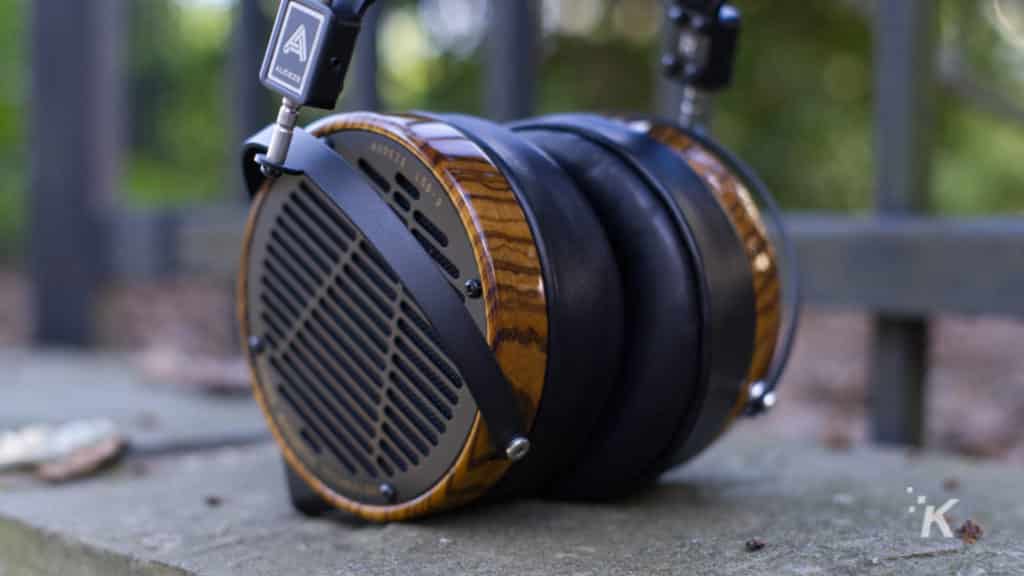
Okay, so the LCD-3 are mostly tuned for a neutral response, so they don’t really accentuate any part of the frequency bands except that bump to the lower mids that give a pleasing warmness to the sound. The result of all the high-powered magnets and oversized voice coil? A lightning fast response, with sounds being distinct and never muddying or bleeding into each other.
That’s the base signature, which is technically perfect and I can’t really say anything other than “wow” about. Seriously, I’m not sure I’m going to take these off again while I’m at my desk, and I’d never take them off if they were more comfortable to sleep in.
Ah, but they can be so much better. Audeze has created a blank slate here, for the end-user to EQ to their liking. Giving just a little bump along the lower ranges, from 20Hz to 80Hz or so gives that bass response so much slam that even the most jaded basshead who cut their teeth on drum n bass will be grinning like a loon.
Note that usually we don’t recommend EQ’ing any headphone. Most of the time, you’re trying to fix inherent issues with the headphone’s physical or electrical design, which is an exercise in futility. You can’t put a band-aid on a broken leg and expect it to work. That’s not the case here, with Audeze making an extremely capable set of headphones, that a small amount of EQ can make sing.
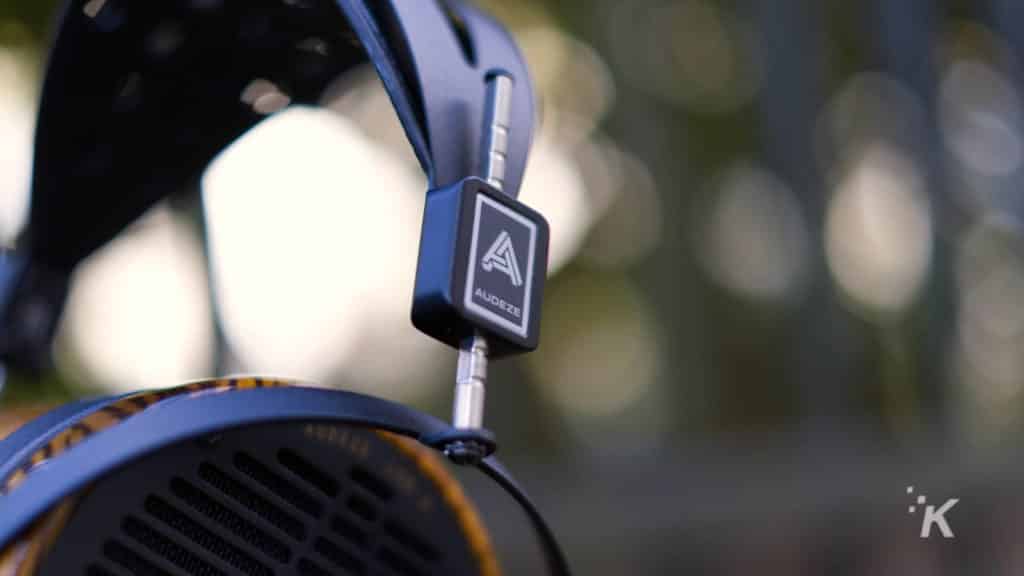
So, should you buy the Audeze LCD-3 planar headphones?
The question isn’t if you should buy the Audeze LCD-3; the real question is: can you afford to? See, while they’re technical marvels, acoustically sublime, and fan-freaking gorgeous, they do cost just a hair shy of two thousand dollars. That’s a lot of cash, but then you do get a lot of headphone for that, so it’s a fair trade-off.
There’s a good reason the LCD-3 has been near the top of reviewers’ choice charts since its inception in 2011. Okay, I lied, there are a million reasons why. If all the music you’ve ever listened to has been on dynamic headphones, do your ears a favor and at least sound test this set out, you won’t be disappointed.
Have any thoughts on this? Let us know down below in the comments or carry the discussion over to our Twitter or Facebook.
Editors’ Recommendations:
- Review: RedMagic 6 – a gaming powerhouse that’s hard to handle
- Review: EPOS GSP 670 Wireless Gaming Headset
- Review: Roccat Elo 7.1 Air gaming headset – a solid entry in the $100 headset market
- Review: Strauss & Wagner ANCBT501 noise-canceling wireless headphones
Just a heads up, if you buy something through our links, we may get a small share of the sale. It’s one of the ways we keep the lights on here. Click here for more. A sample unit was provided for the purpose of this review.

























